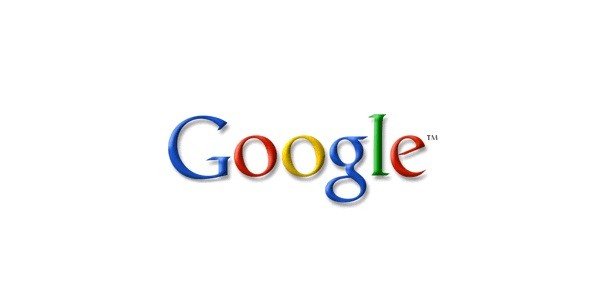
Ever search something on Google and wonder what makes the first search result better than the next? With a little help from AdWords it can help you achieve a higher rank in the search results. AdWords bid on keywords that will help trigger their sponsored ads. How much they bid is one of the things that determines their position on the page of search results. The more their ads are clicked, the less they have to pay for each click.
Google AdWords is Google’s pay per click (PPC) advertising platform. This tool is used to direct traffic to your website. Every time your ad is clicked in the PPC option, the advertiser pays the website owner on the terms that the agreed on. The budget can determine how often ads can appear on Google. PPC’s content usually takes form in advertisements such as sponsored links or ads. They appear either above your search results or along the side.
There are many beneficial factors when taking using the AdWords tool. When someone clicks on your ad, this will take them to your website where they can learn more about your business and make a purchase. Advertising on Google can direct more traffic to your website as you are using the most widely used search engine in the world.
When you first come across Google AdWords, you’ll want to narrow down your audience and attempt to target just your customers. Google AdWords allows you to narrow down your audience by choosing from hundreds of languages, and specific cities and regions. For example, if you own a furniture store in New York City, you don’t want your ads to be seen in Colorado. Set your campaign ads to be read in English throughout the New York City area. Making your ads visible within a ten miles radius of the city or using the zip code targeting can’t hurt either.
After you targeted your audience, you then want to create your ad that will appeal to them. You want your ad to stick out like a sore thumb. In a world full of furniture stores, you want someone to click on your website instead of your competitors. In order for the searcher to click your ad, you want to be able to provide them with the one they think provides the most beneficial information or drives the highest value. In order to make an ad the most effective for your website, you want to choose keywords that are relevant. Choose keywords that relate the most to your site, service or offer. For example, if you are a business that sells furniture, your keywords might include couch, futon, or recliner. You’ll also find it useful to create long tail keywords, like NYC furniture store, or park slope furniture store. The long tail keywords use more terms to narrow your target and often have less competition.
There are a couple of types of keywords, one being negative keywords. A negative keyword is a phrase or word that prevents ads from appearing when a searcher types it in. For example, if your business sells furniture, but doesn’t sell bed frames, you would add the negative keyword but put a hyphen before it like so –bed frames. This eliminates your ads from appearing on irrelevant searches. Another type of keywords include exact match. You want to use exact match when you are using keywords that are exactly what a customer would be looking for when searching on Google. Exact match means that the ad shows for searches only when the search query is exactly the same as your keyword. When using exact match, chose your keyword and put it in square brackets. When someone is looking to buy a love seat, and you own a furniture company, you may want to use [love seat] as an exact match.
After you created your ad, you want to set a pricing. Set your daily budget and cost per click up. You can spend to as much or as little as you want. The average cost per click with Google AdWords is around $3.50 per click but in some cases skyrockets to $20. A useful feature on AdWords lets you change your budget at any time. When you are finally all done with setting up your ad, you want to launch the campaign.
Signing up for Google AdWords can be a good move for your business. It can direct traffic straight to your website which can mean more purchases. Google AdWords generates more visitors, followers, and customers. When you have an effective ad on Google’s search results page, your website will see a whole new world. The tool is one of the best advertising options when you want to track ROI and be able to reduce or grow on the fly. While there is still a lot of other options, using the PPC campaigns in Google AdWords can be a great source for new business.
Coming In Part 2 – Google AdWords, Advanced Options, CPM, Newsletter, Calls, DisplayNetwork
Sources:
- http://www.googleadwordsgrader.com/?src=AdWords&kw=google%20adwords%20tips&fromppc=yes&ref=GGLGraderCampaign&gclid=CM_OsJzc2LICFUmd4AodOCwAbw
- http://www.amazon.com/AdWords-For-Dummies-Lifestyles-Paperback/dp/0470152524/ref=sr_1_fkmr1_2?s=books&ie=UTF8&qid=1348850958&sr=1-2-fkmr1&keywords=adwords+basics+for+dummies
- http://www.wordstream.com/how-to-use-google-adwords
- https://www.google.com/intl/en_us/adwords/select/steps.html
- http://www.optimum7.com/internet-marketing/search-engine-marketing/average-adwords-pay-per-click-ppc-costs.html
The content in this article is part of Digital Ethos’s Digital Media Education in the Higher Education Internship Program, the content was created by @KaylaMarzo, a Student at Suffolk County Community college, intern at Digital Ethos.

